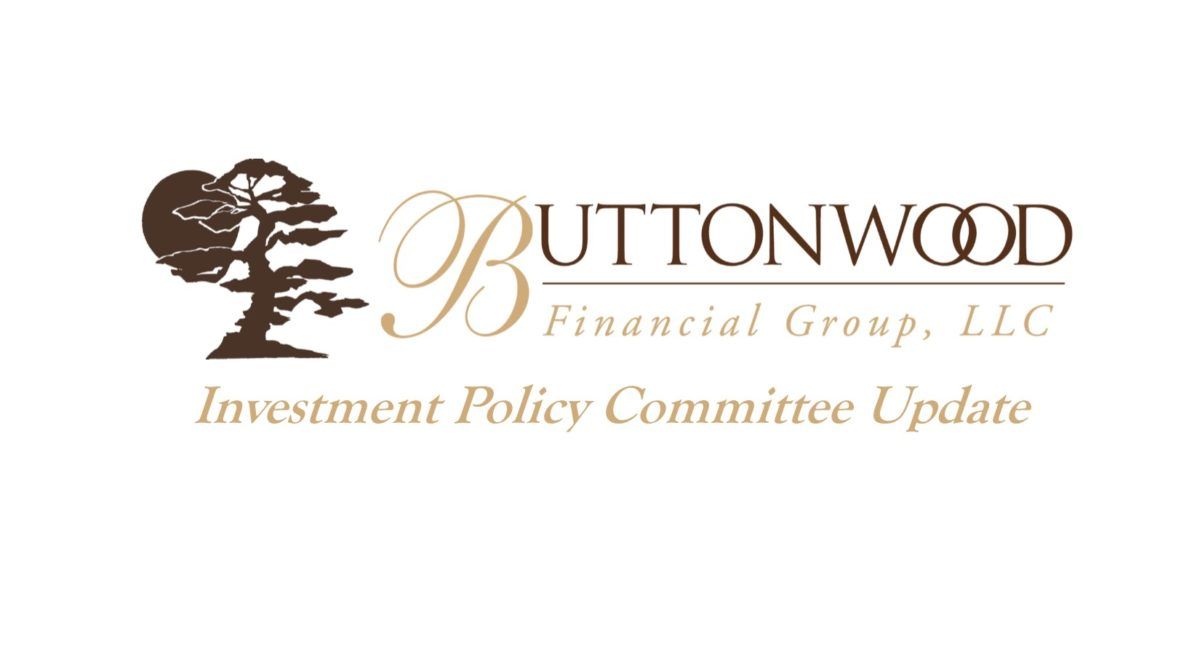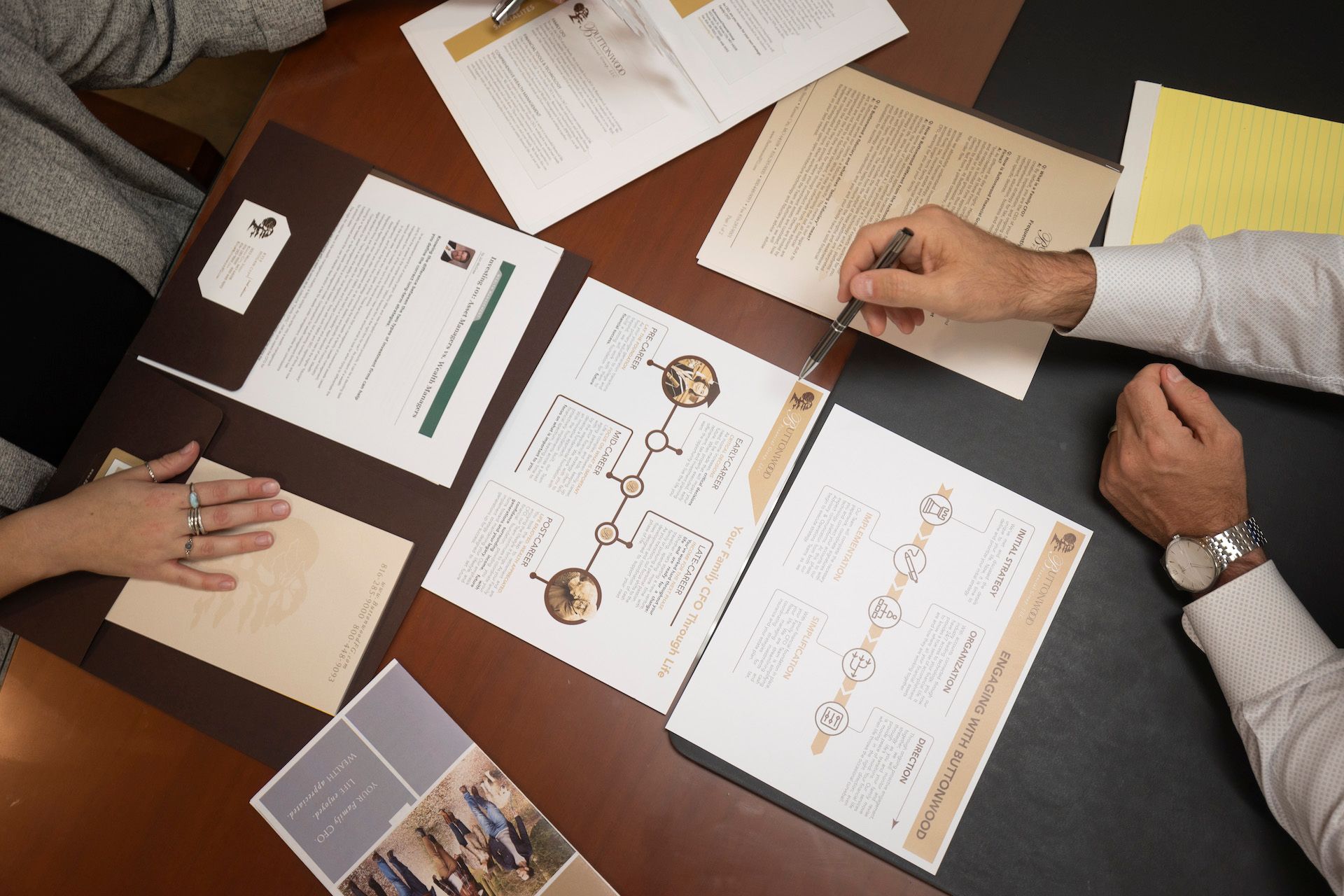Think Flood Insurance & Preparedness this Spring
Floods are among the most frequent and costly natural disasters that are especially prevalent in the spring. Last year alone, excessive rainfall brought flooding to many locations, making it the second deadliest year for flooding in the past five years.1 As global temperatures continue to rise, extreme rainfall may continue to increase the potential for flooding in the spring. However, this doesn’t mean flood damage and dangers are unavoidable. All it takes to keep your loved ones safe is a little research and preparation.
Here's how to react before, during, and after a flood occurs in your area:
Before A Flood
Assemble an emergency preparedness and home cleanup kit. Depending on where you live, including items like nonperishable foods, purified water, an emergency cell phone, a bucket, rubber gloves, or a shovel can be a great way to get started. Another smart move is to create a household emergency plan. Part of your plan should consider your community’s flood response actions. Above all else, be prepared to evacuate quickly, and know your routes and destinations.
It is also helpful to understand the terminology used during flood season. The difference between a flood watch and a flood warning is a great example. Remember, a watch means a flood is possible in your area, but not yet happening. However, a warning means flooding is already occurring or is sure to occur soon.
Depending on the severity of the anticipated weather event, you may want to consider evacuating any animals as a precautionary measure, especially if you have numerous or large animals. If you’re unable to evacuate your animals, make sure to stock up on extra animal food. Remember, waiting until flooding is imminent is often too late.2
During A Flood
During a flood, it’s best to stay abreast of the latest developments in your area. Use your cell phone or radio to listen to local area radio, NOAA radio, or TV stations for the latest information and updates. If an evacuation order is given, make sure to follow your community plan, and don’t return until local officials say it is safe.
When evacuating, it can be tempting to take the shortest route possible. However, overflowing rivers, streams, or water-covered roadways all present greater dangers during a flood. Even a small amount of water is enough to sweep you off your feet or your vehicle off the roadway. If you come across a flooded area, turn around and go another way. Finally, avoid water that could have come in contact with floodwaters when washing dishes, brushing teeth, preparing food, washing hands, making ice, or making baby formula.2
After A Flood
After a flood, it’s time to take stock of your home. Check the outside of your house before you enter. Look for loose power lines, broken or damaged gas lines, missing support beams, and other damage. If possible, don’t use gas or electrical appliances that have been flooded until after they have been checked for safety.
Depending on the severity of the flood, you may need to boil tap water until tap supplies are declared safe. You may also need to dispose of any food, beverages, or medicine that has come into contact with floodwater.
Finally, wear protective clothing, including rubber gloves and rubber boots, and be cautious when cleaning up. Throw out items that have absorbed water and can’t be cleaned or disinfected, including mattresses, carpeting, and stuffed animals.2
This content is developed from sources believed to be providing accurate information. It may not be used for the purpose of avoiding any federal tax penalties. Please consult legal or tax professionals for specific information regarding your individual situation. The opinions expressed and material provided are for general information, and should not be considered a solicitation for the purchase or sale of any security.
Recent Buttonwood Articles
Are you ready to explore the benefits of your very own Family CFO?
Buttonwood Services
About Buttonwood Financial Group
Disclosures
Location
Business Hours
- Mon - Fri
- -
- Sat - Sun
- Appointment Only
All Rights Reserved | Buttonwood Financial Group






